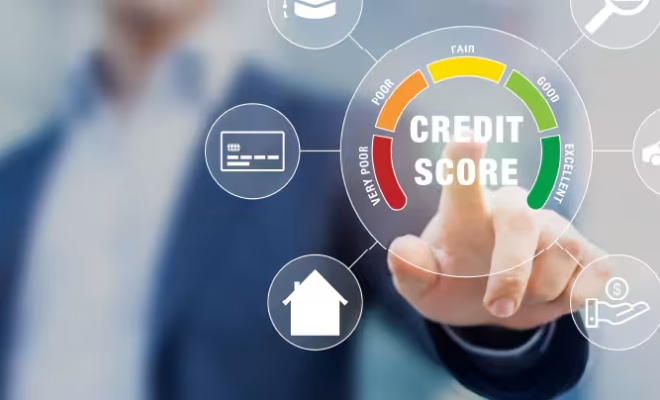How does AI trading democratize financial markets?

Advances in machine learning, data processing, and computational power have dramatically expanded artificial intelligence capabilities in financial markets. Early AI trading systems were complex, expensive, and required significant technical expertise to develop and maintain. They were primarily used by large institutions with substantial resources at their disposal. AI trading democratization is attributed to several key factors:
- Increased computing power – The widespread availability of cloud computing and affordable high-performance hardware has made it possible for individuals and small firms to run sophisticated AI trading algorithms without investing in expensive infrastructure.
- Open-source AI tools – The proliferation of open-source machine learning libraries and frameworks has lowered the barriers to entry for developing AI trading systems. Development tools have made AI modelling easier for developers.
- Accessible data – High-quality financial data availability has improved dramatically. Many data providers now offer affordable plans for individual investors, and there’s an increasing amount of free or low-cost data available online.
- User-friendly platforms – An emerging generation of AI-powered trading platforms and robo-advisors has emerged, offering easy-to-use interfaces to help beginners leverage AI in their trading strategies.
- Education and community – Online courses, tutorials, and community forums have made it easier for individuals to learn about AI trading and share knowledge with others.
These developments have collectively contributed to the democratization of AI trading, making sophisticated trading strategies and tools available to a wider audience.
How does AI trading level the playing field?
Artificial intelligence analyzes market prices, economic indicators, news sentiment, and social media. This comprehensive analysis was once only possible for large institutions with analyst teams. Now, individual investors leverage AI to gain insights from these diverse data sources, potentially identifying trading opportunities otherwise be missed.
Emotional-free trading
The biggest challenge for individual investors is managing emotions during trading. Poor decisions are caused by psychological factors such as fear, greed, or other motivations. AI trading systems, without emotions, stick to predefined strategies regardless of market volatility or personal biases. This emotional detachment can lead to more consistent and disciplined trading outcomes.
Backtesting and optimization
immediate 1a pro air often includes tools for backtesting trading strategies using historical data. This allows investors to test and refine their strategies before risking real money. Advanced optimization algorithms help fine-tune trading parameters, a process that would be time-consuming and complex to do manually.
Democratizing alternative data access
AI trading levels the playing field by democratizing access to alternative data. Alternative data refers to non-traditional data sources that provide valuable insights for investment decisions. This might include satellite imagery, credit card transaction data, social media sentiment, or web scraping data. Access to alternative data was limited to large institutions due to its high cost and complexity. However, AI trading platforms are increasingly incorporating alternative data analysis into their offerings, making these insights available to a broader range of investors.
For example, an AI trading system might analyze satellite imagery of retail parking lots to estimate foot traffic and predict quarterly sales figures. Or it might analyze social media sentiment to gauge public opinion about a company or product. These types of analyses, once the exclusive domain of sophisticated hedge funds, are becoming increasingly accessible to individual investors through AI-powered platforms.








